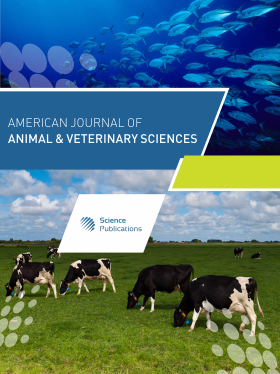Transient Receptor Potential Vanilloid 1 Involvement in Animal Pain Perception
- 1 University of Turin, Italy
- 2 Istituto Zooprofilattico Sperimentale Piemonte Liguria Valle d’Aosta, Italy
Abstract
In last decades, Transient Receptor Potential Vanilloid 1 (TRPV1) has been the target of a large number of scientific investigations. It has been identified as a polymodal transducer molecule on a sub-set of primary sensory neurons which responds to various endogenous and exogenous stimuli including noxious heat (more than 42°C), protons and vanilloids such as capsaicin, the hot ingredient of chilli peppers. In mammals, TRPV1 displays a wide tissue and cellular expression including both the peripheral and central nervous system, with broad distribution and functions, in physiological and pathological conditions. Its primary localisation in sensory neurons reveals its key nodal point in pain transmission pathways. Nowadays, it is clear that TRPV1 is involved in inflammation, pain perception and thermoregulation in the majority of animals, including humans. Recently, a lot of studies tried to investigate some analgesic treatments applied on TRPV1. The aim of this review is to give to the readers a short overview of the TRPV1 involvement in pain perception and possible therapeutic applications, highlighting this topic in species of interest in veterinary medicine.
DOI: https://doi.org/10.3844/ajavsp.2015.47.52

- 5,230 Views
- 4,699 Downloads
- 8 Citations
Download
Keywords
- TRPV1
- Pain
- Perception
- Modulation
- Animals
